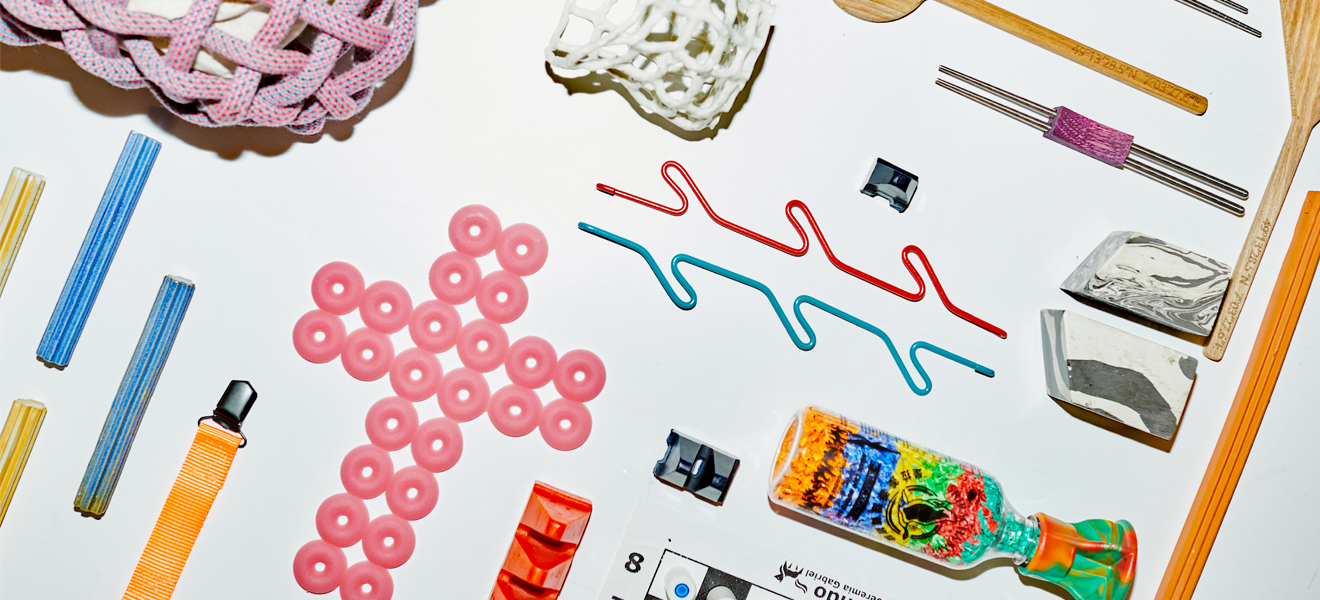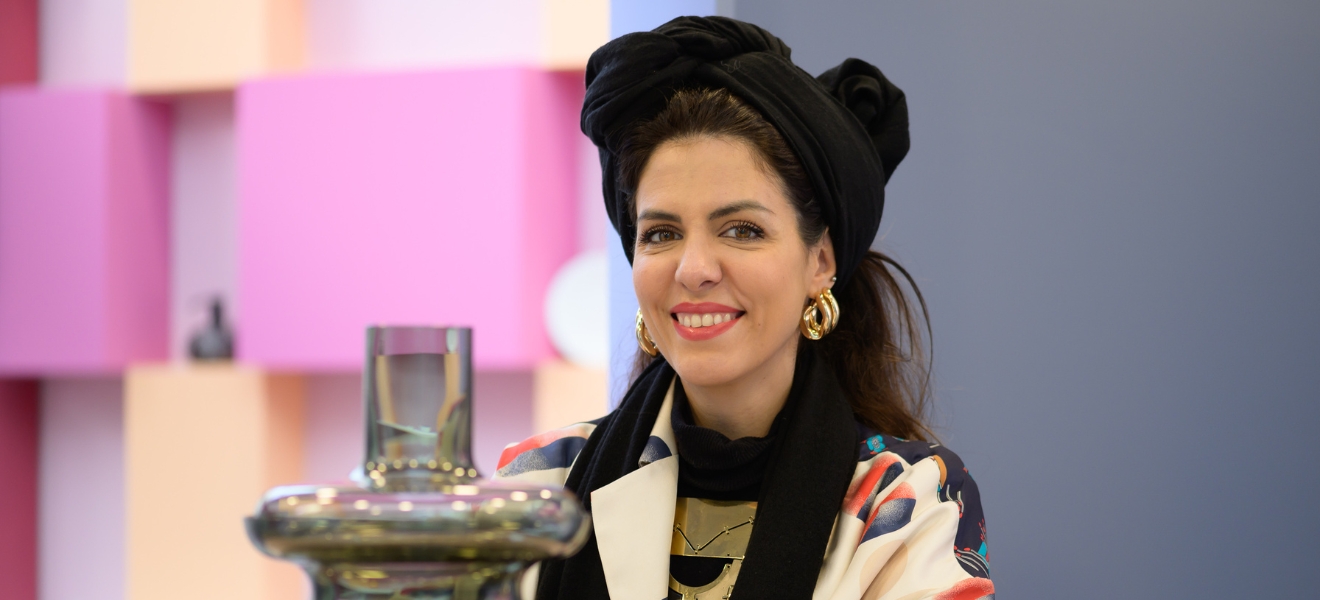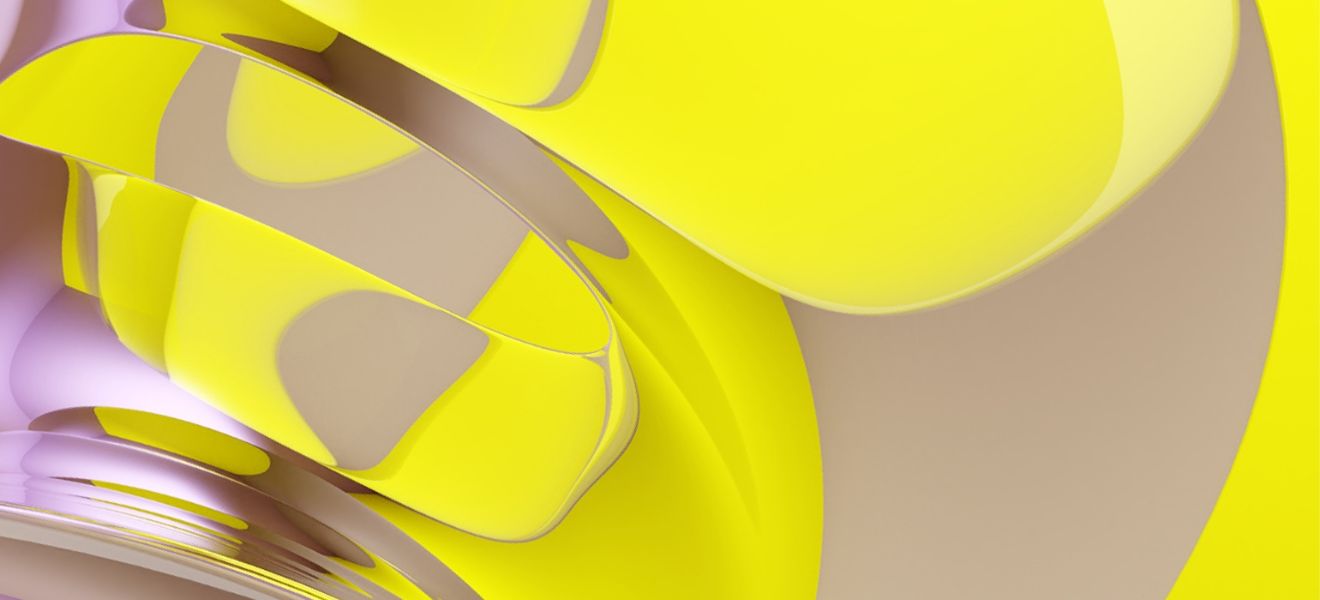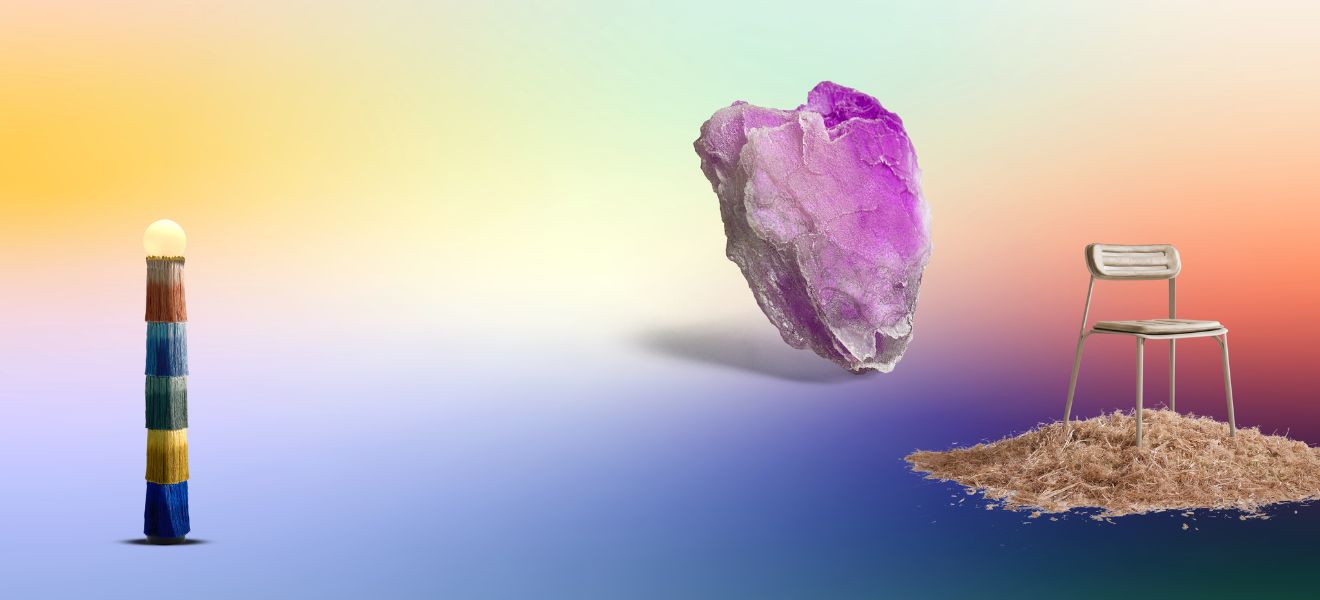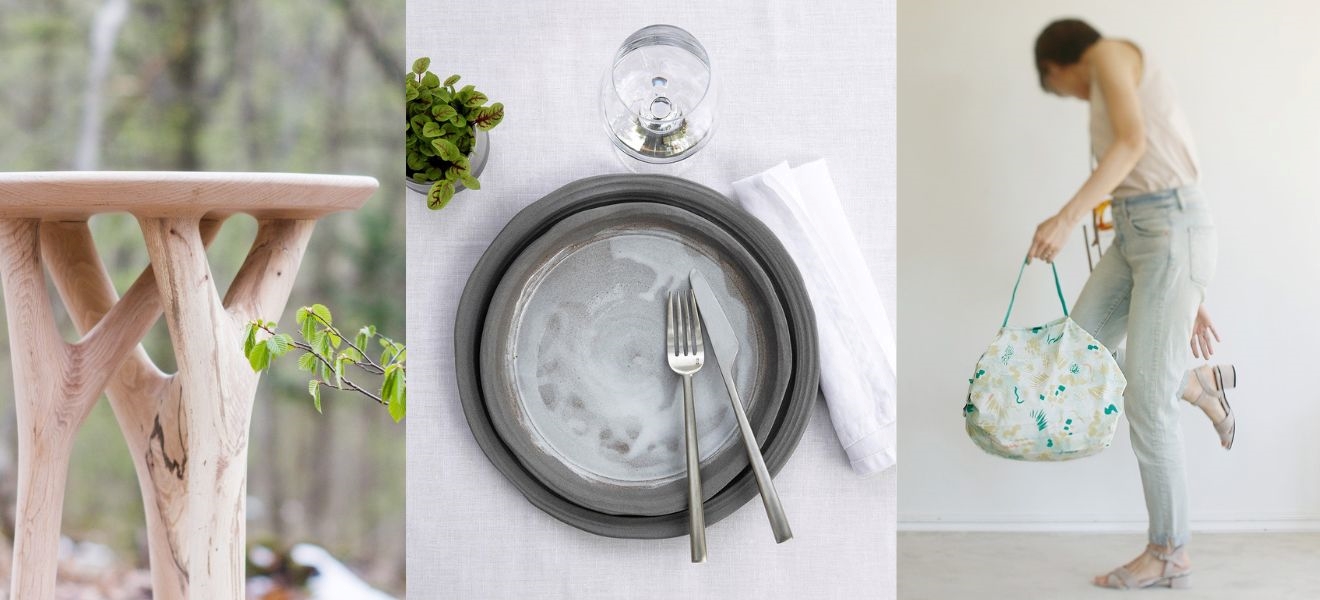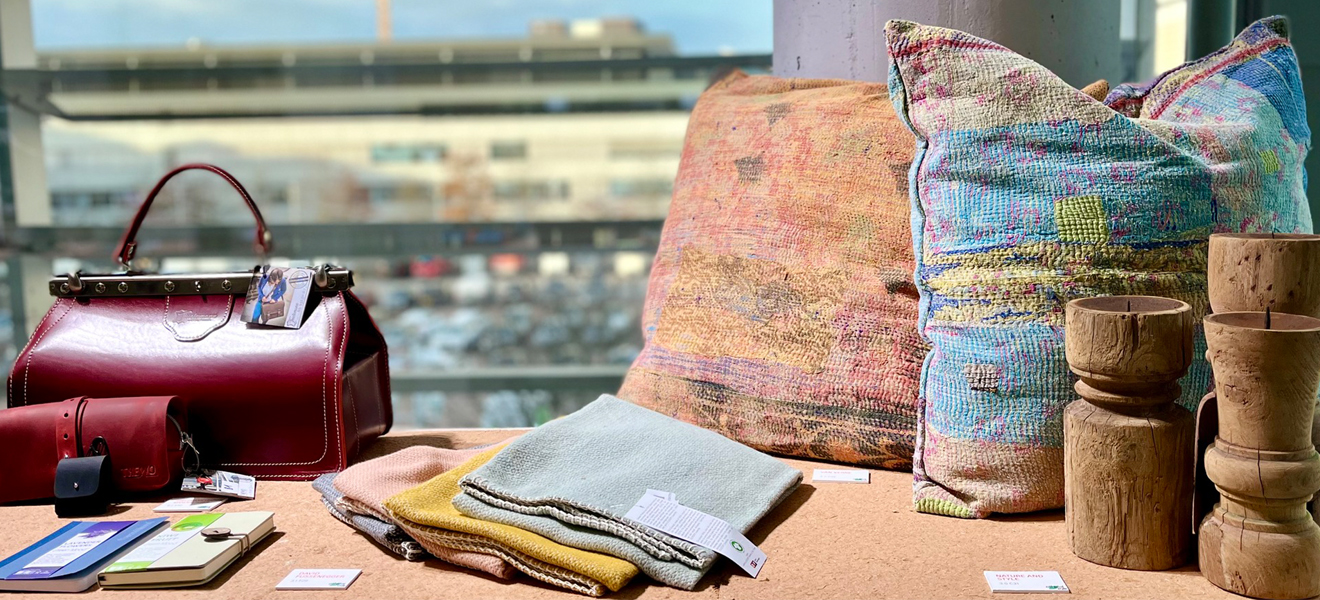Sustainability will be the dominant trend driver in 2023. We have heard this before and it is true, but what does this really mean? What are the practical, specific examples of how and why sustainability will drive trends into 2023 and beyond? Great design has the ability to condense five hundred pages down to three by simplifying the complex. Here are some specifics of sustainability as trend-driver through the eyes of American designer Scott Henderson.
The time of global pandemic has been incredibly tough on all of us not only through its obvious wincing blows but also in ways our innate human resilience has banished to the back of our subconscious minds where its effects gnaw at us nonetheless. However, the night is always darkest before the dawn and profound events like the global pandemic will drive exciting and positive trends in the world of consumer goods that will be great for all of us.
Supply Chain, Tech-backlash, Romance and Mud
One of the countless disruptions resulting from the global pandemic has been a halt to the relentless armada of cargo freighters that crisscross our oceans – all grinding suddenly to a watery, carbuncled-encrusted stop. This pileup on the seas may not sound like a driver of new trends but it couldn’t be a greater one. Consider this: Before the pandemic, there were 6,000 container ships zipping across our vast oceans at any given moment, with a combined capacity of about 24.6 million TEU’s (twenty-foot equivalent units). Translated to plain language, that is quite a few air fryers and coffee makers. These ocean going freighters burn some of the lowest forms of fossil fuel – a corrosive, sticky and dirty goo called Bunker Oil – generating a whopping 1.2 billion metric tons of carbon dioxide – equivalent to the annual greenhouse gas emissions from over 205 million cars. These legions of ships release more toxins into the air than many small countries do. While we may feel pride in turning down a disposable grocery bag as we gallantly struggle with nestled bundles in our crooked, tired arms – even sacrificing the occasional dozen eggs for the warm, fuzzy knowledge that we’re saving the planet – we may not be considering that there are bigger forces beyond the horizon that are crushing our efforts like June bugs. Hence:
TREND ONE: Make it locally.
Supply chain disruption equals sustainability and a greener planet. Making your product locally eliminates ocean freight costs and lead times, port duties, insurance, very high minimum order quantities resulting from manufacturing runs being tied to ocean container capacities – but perhaps the greatest benefit to making your product locally is the positive environmental impact it has when the container ship stays in port.
TREND TWO: Workbench-made.
Design is often tied to technology, and to quote my friend and colleague Gabriele Chiave, Design Director at Marcel Wanders’ Studio in Amsterdam, “technology makes designers look like magicians”. We have seen improbable shapes emerge from the world of Computational CAD. The latest in computer-generated-design that uses artificial intelligence (AI) to think well beyond the human mind’s ability to process three-dimensions, leading to intricate, lattice-like forms that resemble seahorses and deeply layered industrial spider webs – coiling up and around corners, curves and bends. As is the irony of life, however, just because you can do something doesn’t mean you should.
Take a look at the hydration market for example – an area all too familiar to Ambiente visitors. Dial back ten years and reusable water bottles were overflowing with design – with their double-molded silicon grips, non-skid bases, retractable spouts and flip-tops. Today, the market leaders have proven once again that keeping it simple is by far the winning strategy. Today’s must-have water bottles offer nothing more than a jar and a cap. From S’well bottle to Yeti, less once again triumphs more. To be able to see at a glance how something is made – and more importantly – to imagine it being made on a workbench in a dimly lit shed on a hill at dusk, is to experience its craftsmanship, its authenticity and its desire to de-clutter our lives and minds.

TREND THREE: Return to Classicism and Tradition – with a fashionable twist.
The Super Soaker is dead! As an industrial designer, when I am asked to design a new line of home goods for a leading consumer products manufacturer, I never limit myself to research only within that specific market segment, but instead I look at all products, markets, architecture, culture and even art for inspiration. Recently, I was asked to design a series of professional tools – things like tape measures, drills, and hammers. Immediately, I realized that the entire tool market looked like the exaggerated Super Soaker water guns that my kids used to squirt each other with on the patio all summer. Excitedly, I went to work on my “moods boards”, mixing together photos of actual Super-Soaker water guns with those of real, professional power tools – and it was impossible to tell the difference between them at a glance.
How about the motorcycle industry? Dial back 15 years to 2007 and have a look at the Kawasaki Ninja – basically a Super-Soaker on two wheels. In contrast, on today’s Brooklyn streets, you can’t walk ten feet without spotting a Triumph T-120 – a classic motor bike reminiscent of the Bonneville – updated with design improvements that stem more from the world of fashion than that of transportation design. Classicism with a fashionable twist has arrived and the era of facets, triangles, vector shapes and crystals – otherwise known as the Super Soaker aesthetic – is as dead as Julius Caesar.
TREND FOUR: Misty Forest Romanticism (The Wet Look).
Starring at our four walls, our cats and bobble-heads during the pandemic is a formula that has us craving wide open spaces. It’s not just any outdoor space we crave though – we want them muddy, foggy and damp – probably related to our fears of a dried up, cracked and dusty planet baked relentlessly from global warming. Enter the mist-covered forest as a backdrop for powerful inspiration. The trend resulting here will be designs that evoke thoughts of water and the well-hydrated- sparkling purity that symbolizes health and vitality. Fresh from the pool, ocean or lake – the wetter the design looks, the better it will sell. Back to my tool design project: While working on these implements, I didn’t imagine them on a contained construction site surrounded by perfectly framed lumber, plywood, and random stacks of sheetrock leaning into the scene. Instead, I found myself conjuring images of the steep, jagged, evergreen lined mountainside – with flannel shirts and knee high rubber boots on the workers that would wield them – wet sawdust and 2-cycle engine oil caked on their well-used sides.
When we think of cast iron cookware, imagining these heavy pans on an expensive professional range next to a sub-zero refrigerator and granite countertops is so yesterday that I’m asleep while I write, whereas imagining them over a roaring campfire on a mist-covered beach with mini-pitons cutting through the foggy surf is so much more intriguing. The complimentary colors of the orange flame contrasted against the blue-gray fog vibrate in our minds as we aggressively click the add-to-cart button, eyes welled and brimming. Today we want to brave inclement elements with the goal of warming up afterwards – cupping our mug of soup with both hands as the lactic acid tingles in our limbs. It means the planet is working and there are elements out there to brave in the first place. The pan we buy will last forever and therefore command the unheard of price point that we will happily pay because we recognize sustainability through its timeless quality. The next time you design a product or experience think about mud and rain instead of sun and palm trees, and watch the dollars wash up on your own rocky cove.
TREND FIVE: Nature and the universe as guidance.
Designers often think of geometric shapes as being man-made, while classifying shapes found in nature as organic. The truth is that any shape the human mind is capable of contemplating stems from nature. Consider the bubble: This is a pure circle no matter how you slice it, and its sole reason for being is to house the maximum amount of internal volume using the least amount of surface area to do it. The bubble is perfection in design, and its form definitely follows its function. Consider the hexagon: This six-sided shape must be the product of the draftsman and not the hand of God, yet it is everywhere in our terrestrial world in form of honeycombs, insect eyes and lake beds, and in our extra-terrestrial world in the shape of perpetual storms on the pole caps of Saturn. Consider the mountain stream awash in radiant sparkles, universally thought of as beautiful through its connotations of health and purity – and the reason we all like shiny things. Nature will guide design trends in 2023 as it always has, but will do so consciously rather than subconsciously through of our awareness of it and our desire to replicate it genius.
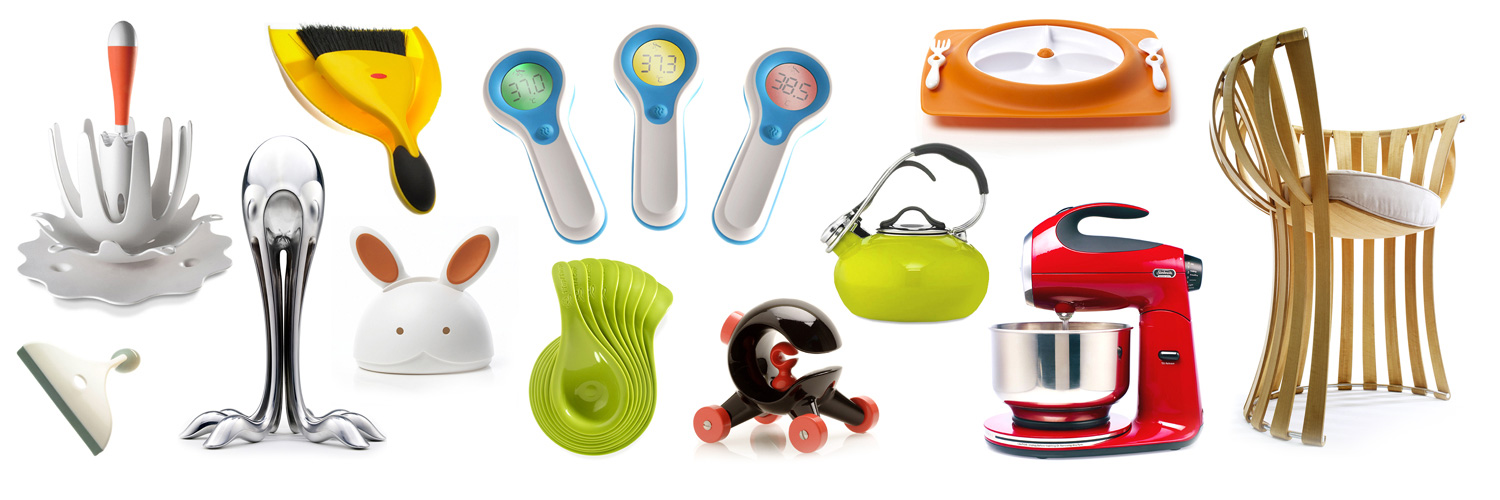
About Scott Henderson:
Scott Henderson is a well-known American designer who consistently transcends the plain and the same with fresh, miles-out-of-the-box approaches. From Pixar’s Toy Story fictional bathtub toys inspired by Scott’s non-fictional blockbuster product hits to celebrities routinely donning Scott’s ‘up-from-the-bottom’ face shield designed for a pandemic-weary world, Scott continues to amaze consumers with his ability to see the unseen. As an influencer on the topic of design, Scott has chaired the International Design Conference (IDC), lectured on design around the world, has his work included in prominent museum collections and currently stars on the CBS prime-time national television series America By Design with a viewership of over 7 million people.
Starting October 2022, Ambiente is the exclusive premium partner of the US TV series America ByDesign and Europe ByDesign. The CBS series, which are broadcasted in prime time on US television and also streamed worldwide in the Paramount Group are outstanding platforms to showcase Ambiente as well as its exhibitors and products to both US and international audiences. Ambiente and Messe Frankfurt featured in Season 3, Episode 1 of America ByDesign: Innovations.


